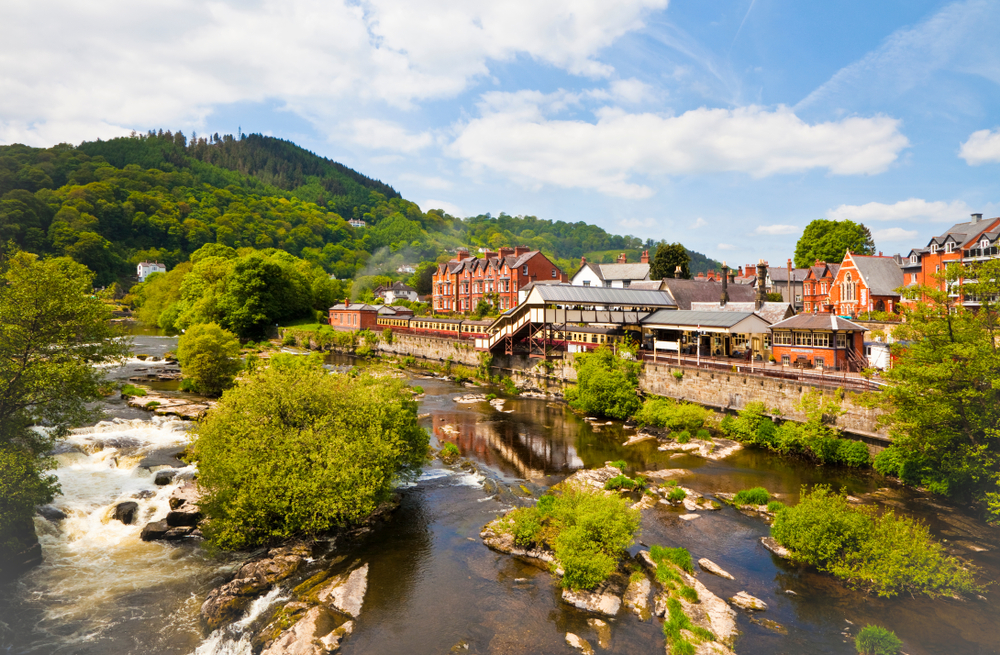
Denbighshire county has an area of 326 square miles (840 km²) and a population of approximately 95,800.
Denbighshire is known for its beautiful landscapes, including the Vale of Clwyd, which is surrounded by rolling hills. The Clwydian Range in the East is part of the Clwydian Range and Dee Valley Area of Outstanding Natural Beauty. The county is also home to several medieval castles, such as Denbigh Castle, Ruthin Castle, and Rhuddlan Castle.
Over the next five years, we will be focusing on investing for the future and our investment programme for Denbighshire will be looking to improve resilience in our drinking water network by replacing water pipes in areas which have been impacted by supply issues, as well as protecting and improving the environment by focusing our efforts on our wastewater treatment sites.
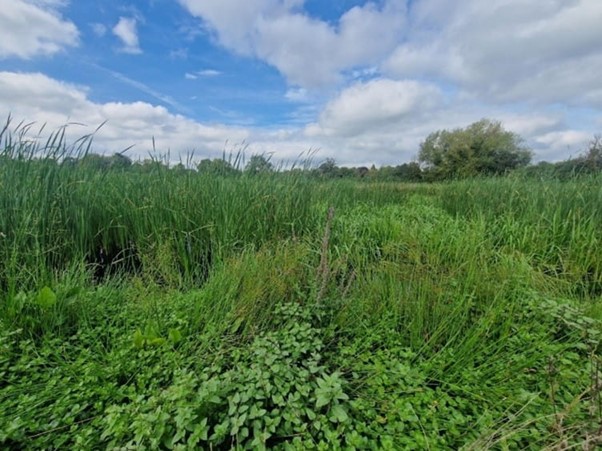
In Spring 2025, we will be creating a new nature-based process in Tremeirchion wastewater treatment works, known as an Integrated Constructed Wetland Treatment, this is the very first to be installed in North Wales, which uses wetland ponds (or “cells”) to clean the water before returning it to the environment.
We are actively looking at options to use innovative green solutions instead of traditional ‘grey’ solutions as part of our commitment over the next 5 years to cut our carbon footprint and increase biodiversity at our wastewater sites, and to also meet the phosphate target set by NRW. The wetland trial proposed at Tremeirchion wastewater treatment works has evolved through working closely with NRW on sampling programmes and consenting, and we hope that the trial will be a blueprint for future green solutions within the wider waste sector.
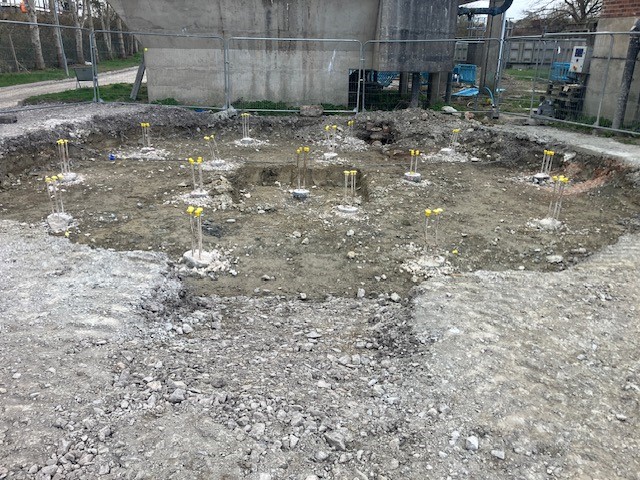
Our wastewater treatment works in Corwen cleans and treats wastewater from almost 2,000 homes and businesses in the Corwen area before returning the water to the River Dee.
The wastewater treatment works already treats waste to a high standard, but with tightened consent levels being introduced, we are investing £8 million to help remove phosphorus from the treated wastewater which will help to reduce the levels within the nearby Dee River – which will in turn benefit the river quality and aquatic life.
Every five years we prepare a regulatory business plan which is submitted to Ofwat as part of the Price Review process. The plans are based on customer views and cover our performance commitments, efficiency, investments, and bills. Below is an example of the work carried out in your area during the previous investment period 2020-2025.
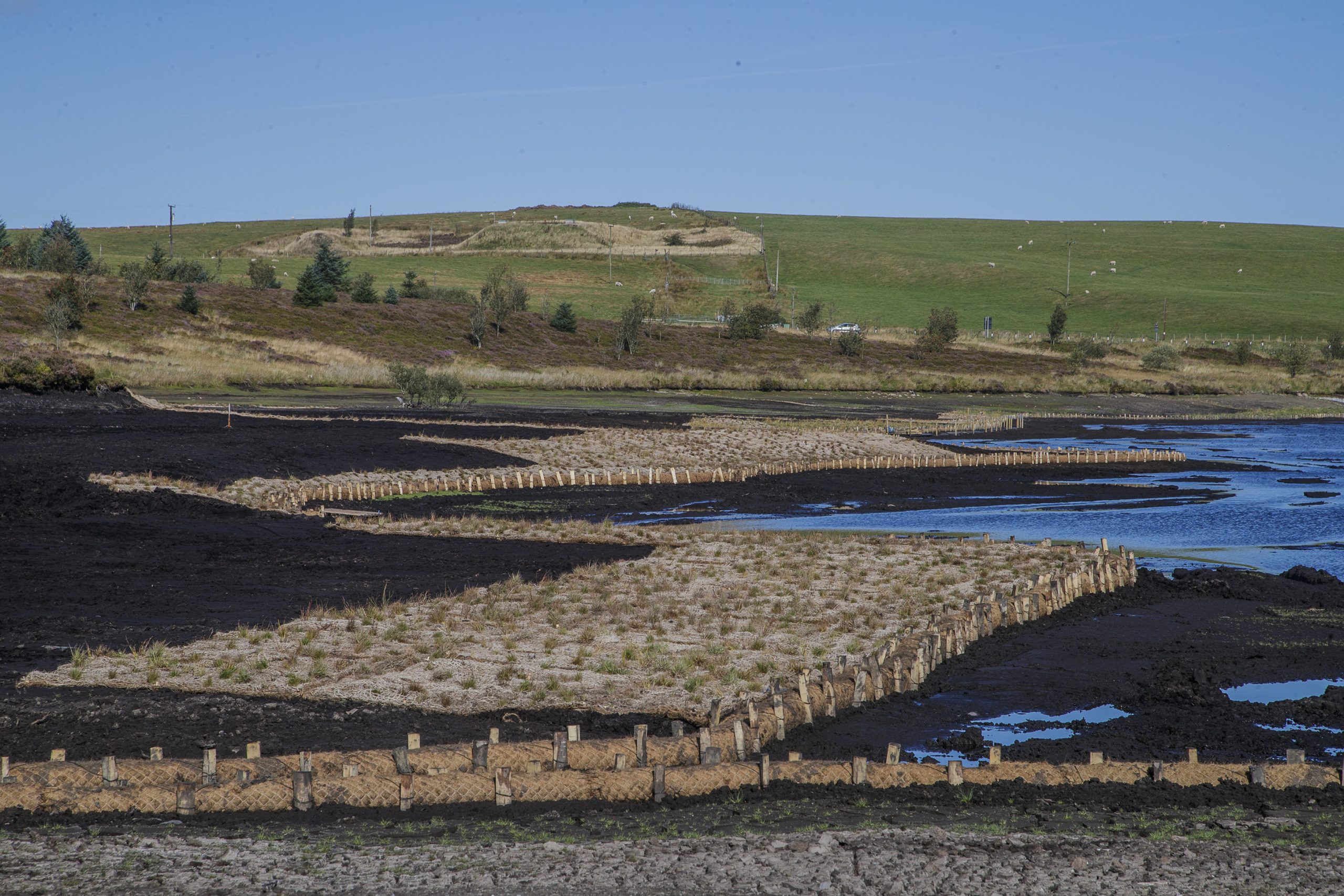
Located near Bylchau in Denbighshire, Llyn Brân reservoir was constructed to provide drinking water for a local hospital. Since the hospital closed in 1995, the reservoir is no longer part of the water network. Welsh Water invested over £2 million to return Llyn Brân to a natural lake.
The work involved lowering the water to its natural level and removing the dam to allow water to flow naturally as it would have done before the dam was built.
The project encouraged several habitat improvements to the region, including the relocation of rare aquatic plants from Llyn Anafon. Removing the dam will also help to improve fish migration and preserve the habitat for water voles, as well as aid significant shoreline restoration works. Construction started in May 2022 and was completed in October 2022. The banks of the lake were reseeded, and will over the next few years re-naturalise and flourish. It is hoped that this will eventually become a Special Area of Conservation.
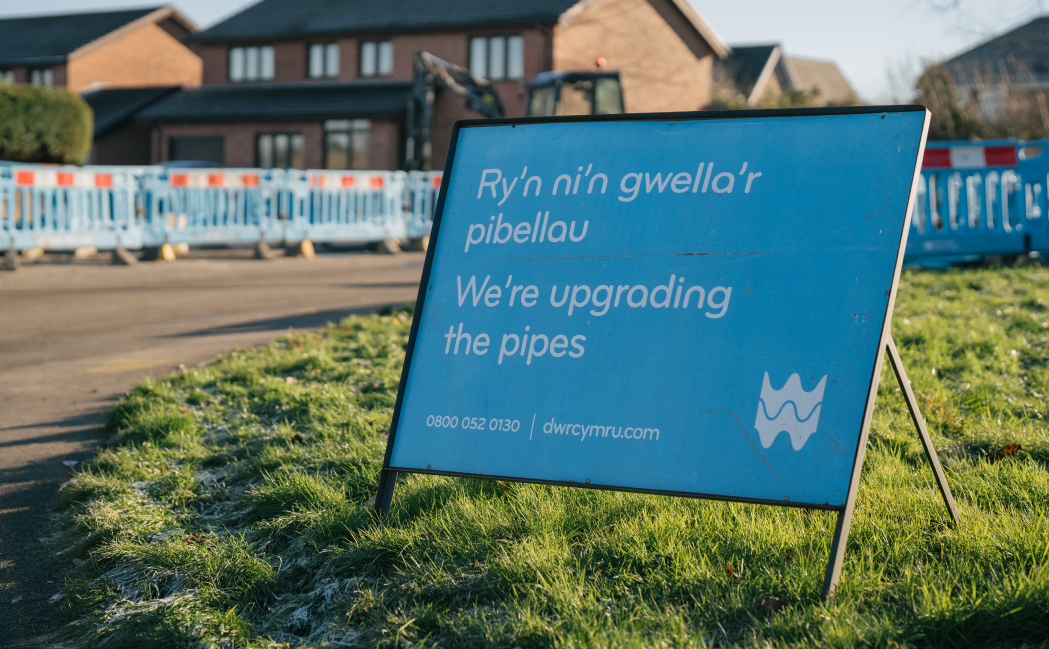
We’re investing around £4.5 million in the Denbighshire water network. This will help continue to provide our customers in the area with a more reliable supply of clean drinking water.
Over the next few months, we will be working in a number of different areas in Denbighshire including, Cyffylliog, Betws Gwerfyl Goch, Llandrillo, Cynwyd and surrounding areas replacing 13km of water pipes.
